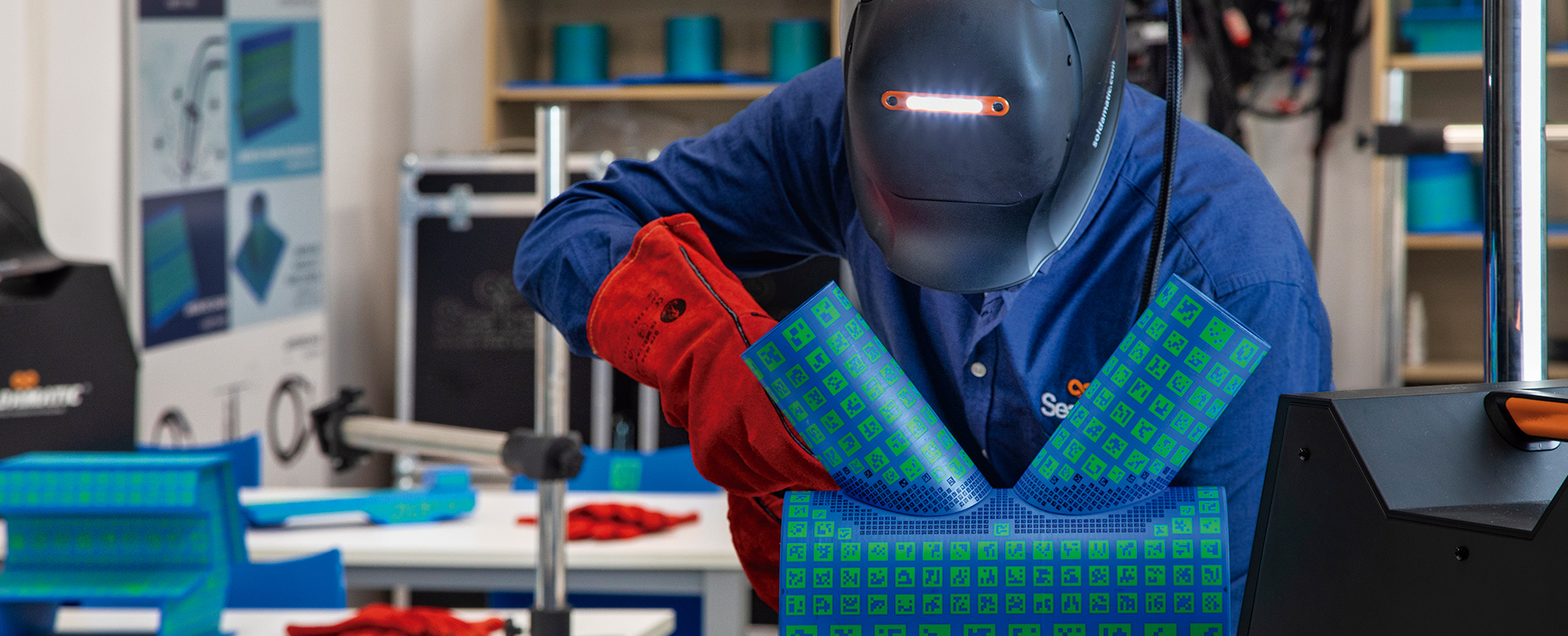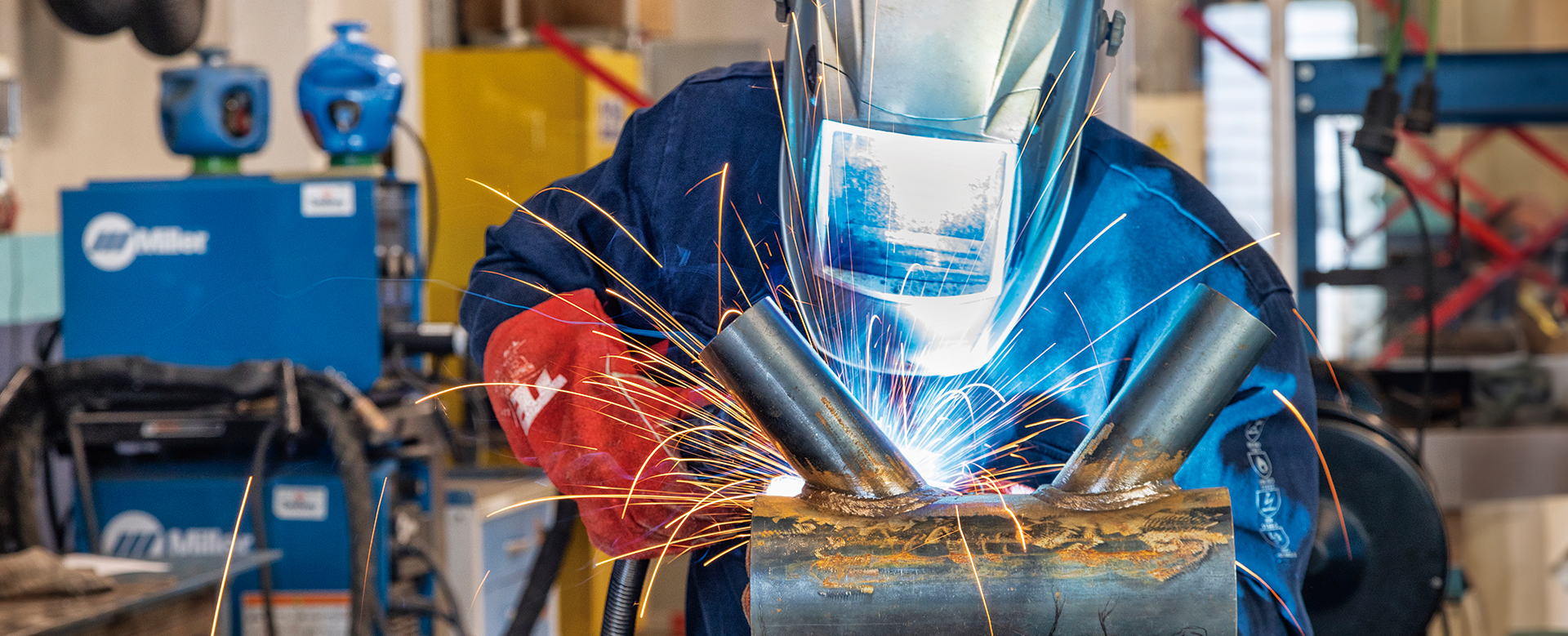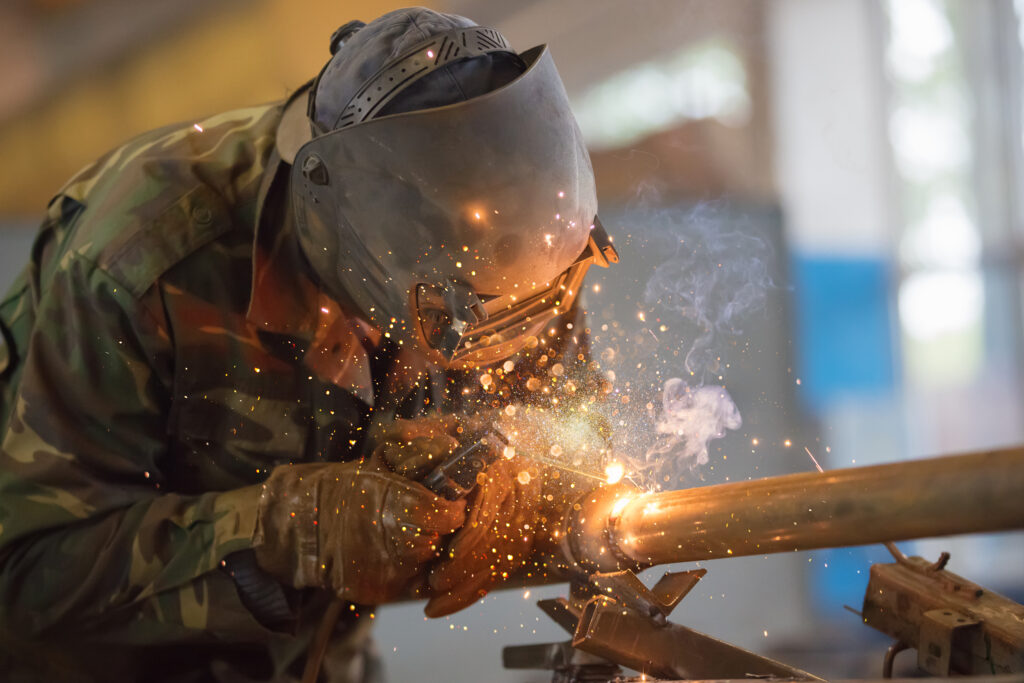Train better, spend less
In a geopolitical scenario where speed and efficiency make the difference, optimizing resources in the defense industry has become a strategic priority. Training qualified welders is essential to maintain the production capacity of military equipment, but it also represents a logistical, technical and budgetary challenge. Compared to traditional training methods, welding simulators with augmented reality technology are positioned as a cost-effective, scalable and efficient solution.
Traditional vs. Simulator training costs
Training in real workshops involves recurring costs: consumables (electrodes, gas, metals), equipment maintenance, industrial safety, waste management and constant supervision. Added to this is the risk of costly mistakes during training. Studies such as that of the Center for Welding Education show that the initial investment in a simulator can pay for itself in less than a year thanks to the drastic reduction of these costs


The savings per student can exceed 1,500 euros in materials during the first training cycle, not counting the time gained in pedagogical efficiency.
Less risk, more operational safety
One of the main indirect benefits of simulators is the elimination of risks during training. In sectors such as defense, where compliance with safety regulations is paramount, this aspect takes on special relevance. Mistakes that in a real environment could have serious consequences become learning opportunities without physical or economic consequences.
In addition, by practicing on simulators such as the Seabery Welding Simulator, instructors can record and analyze student performance with advanced digital tools, which improves decision making and personalizes training.
Time is money: accelerated efficiency
With a welding simulator, students can perform up to 4 times more exercises per session than in a conventional environment. With no materials replenishment, cleaning or station reconfiguration required, the pace of learning becomes continuous and focused. This translates into a reduction of up to 50% in the duration of training programs without compromising the quality of learning.
This operational efficiency has a direct impact on defense budgets, where deadlines and the availability of qualified personnel are vital to fulfill industrial contracts and maintain technical sovereignty.
Traceability, auditing and quality control
Another key advantage is the ability to audit every exercise performed. Seabery Welding Simulator provides full traceability of the trainee’s movements, errors and progress, which facilitates auditing, certification and compliance processes
This not only improves quality control in training, but also facilitates strategic decision making in military institutions and defense-related training centers.
Conclusion: investment that yields
Investing in welding simulators is not just an educational decision: it is a strategic action. Less cost, less risk, more speed, more control. In a sector where precision, speed and safety are non-negotiable, tools such as the Seabery Welding Simulator allow you to transform technical training into a competitive and operational advantage.
As a report by the National Institute of Standards and Technology (NIST) states, every dollar invested in high-efficiency educational technology can return up to five times its value in productivity and quality.
In defense, efficiency is not an option: it is a necessity.












